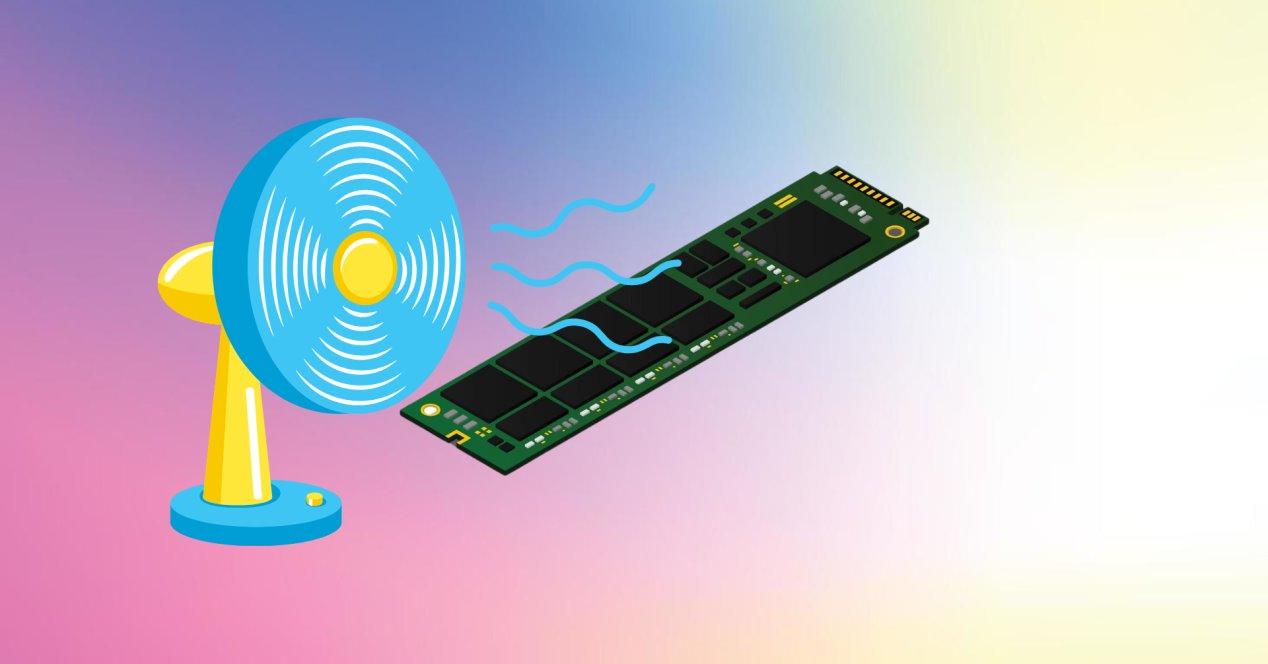The storage market has been dominated by SSDs, replacing HDDs. Although they offer great benefits, the SSD temperature issue is starting to be quite a big issue. So much so that we have already seen it first PCIe 5.0 SSD with fan and that’s bad news.
It is true that we have occasionally seen SSDs based on PCIe 4.0, but these are isolated cases. PCIe 5.0 based drives will in most cases require a fan, due to the high transfer speeds. This is a major problem, because more noise will be generated and if the fan fails, we could lose the unit.
PCIe 5.0 SSD up to 4TB with built-in fan
PCIe 5.0 based storage drives have (more or less) double the speeds PCIe 4.0. This increase in performance brings with it a problem, the increase in temperature. So much so that they are already presenting the first units with an integrated fan.
CFD Gaming is the first company (as far as we know) to introduce a PCIe 5.0 SSD with a fan. This drive is named PG5NFZ PCIE 5.0, specifically based on the PCIe 5.0 x4 configuration. This unit has a form factor M.2 2280which is the norm.
It is stated that this new storage unit is based on the controller Phison PS5026-E26. It is also stated that he uses the 3D TLC NAND flash memories B58R produced by Micron. Naturally, this drive is based on NVMe 2.0 specifications.
We will have three different versions of these storage units. the one who offers 1TB capacity It features 2GB of LPDDR4 cache with speeds of up to 9.5GB/s read and 8.5GB/s write. On the other hand, 2TB and 4TB hard drives
To avoid performance and temperature issues, the 20mm high Phnix active heatsink was used. The most striking thing about this heatsink is that it has a small fan to prevent excess heat. It is obvious that a simple passive radiator is not enough.
It is something that has been seen for a long time.
As we mentioned, we’ve already seen the odd PCIe 4.0-based SSD with a fan to dissipate heat. Something that made us think that when it upgraded to PCIe 5.0 we would see fan coolers. This Japanese unit is just a sample of what it is set to hit the market in the coming weeks.
Although this is not very relevant either, since we will see very inflated prices, as with the arrival of PCIe 4.0 SSDs. When they were released, they cost at least twice as much as PCIe 3.0 SSDs. Now the prices have become quite normal and despite their high price, they already have more reasonable prices.
It would not be strange if an SSD based on PCIe 5.0 costs more or less 300 dollars. When a new technology is introduced, it is usually expensive and comes with significant problems.








